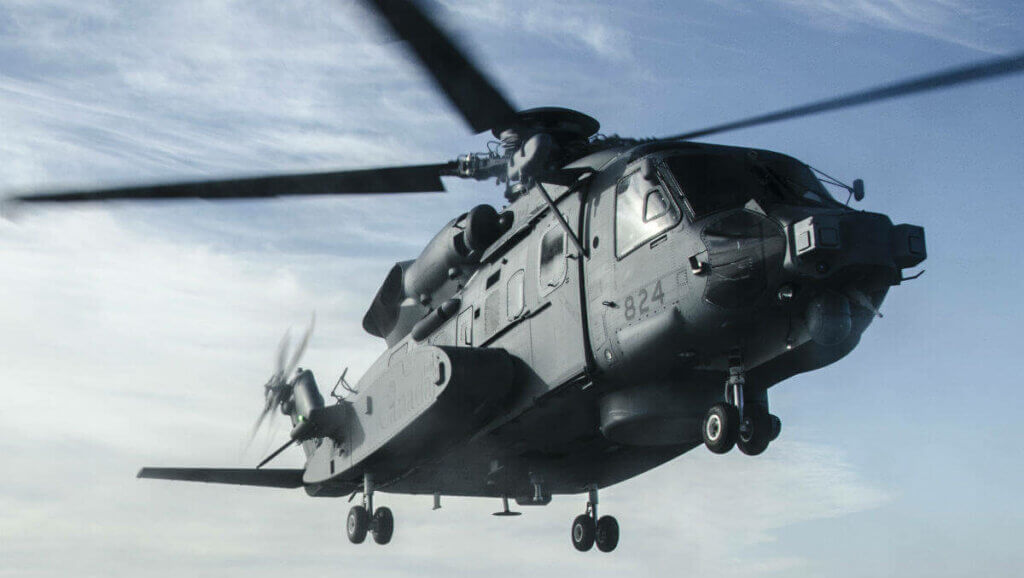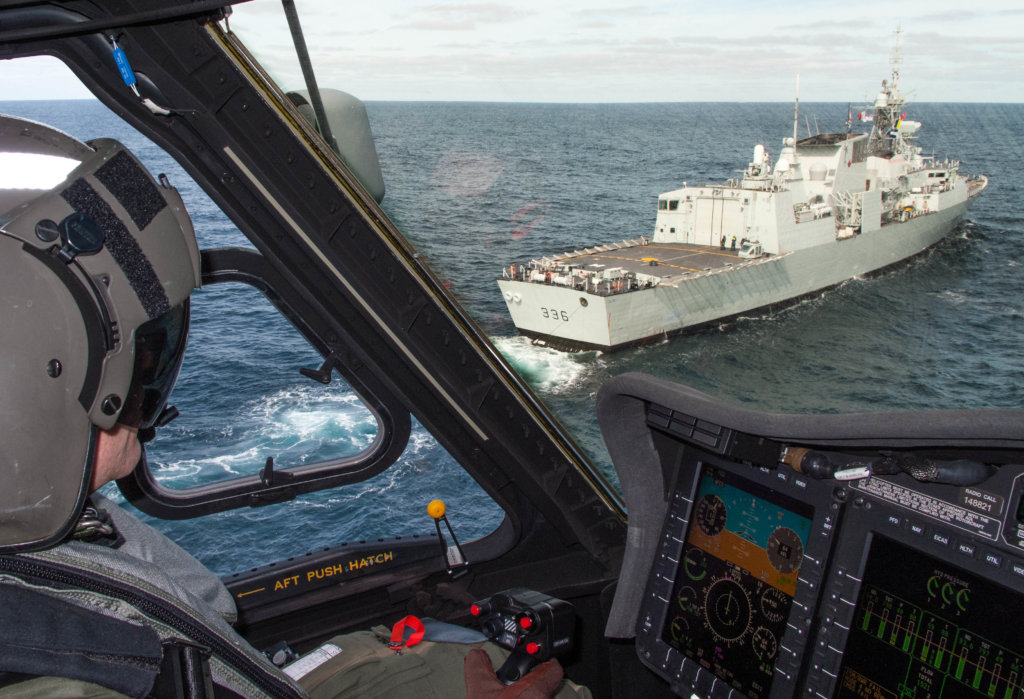Estimated reading time 3 minutes, 54 seconds.
A CH-148 Cyclone helicopter from 12 Wing Shearwater, Nova Scotia, recently conducted its first anti-submarine warfare (ASW) events with HMCS Windsor off the coast of Nova Scotia.

The exercise was linked to an ongoing operational test and evaluation (OT&E) being conducted by the Helicopter Test and Evaluation Facility (HOTEF) at 12 Wing Shearwater.
ASW is a component of underwater warfare that employs surface warships, aircraft and other submarines to find, track and deter, damage or destroy enemy submarines. This was the first time a Cyclone has engaged in such activity, representing an important milestone in the evolution of this new aircraft, which provides wings for the fleet and state-of-the-art air power for the Royal Canadian Air Force.
According to Maj Erik Weigelin, a pilot with HOTEF, the Cyclone’s sonobuoy processing system was tested to detect and track HMCS Windsor using passive sonobuoys.
“This system allows us to track submarines without making any active noise, thereby denying the submarine knowledge of the helicopter’s location or potentially even the fact that they are being tracked at all,” said Weigelin. “ASW by use of sonobuoys can be very challenging, but having Windsor as a target allowed the crews to hone our equipment and develop a solid baseline of performance for the tracking of real submarine targets.”
When Windsor was otherwise tasked, CH-148 crews employed expendable mobile ASW training targets (EMATTs) to simulate submarine movements and noise patterns, which allowed HOTEF crews to further develop those tactical procedures that will be used by operational crews following CH-148 release to service.
According to Weigelin, “Accurate and effective initial equipment settings, in combination with clear, concise and easily repeatable procedures, is key to maximizing the crews’ effectiveness in challenging tactical situations. These procedures need to be trained and practiced to ensure peak operational capability of front-line crews once they are deployed with the Cyclone.”

During their week at sea, CH-148 crews conducted 16 hours of embarked OT&E with HMCS Montréal, the first ship to support a HOTEF detachment. The purpose of ongoing OT&E is to continue to assess the aircraft’s combat effectiveness, develop tactical procedures, and validate doctrine before the new maritime helicopter can be turned over to front-line squadrons.
A CH-148 will progress planned OT&E by participating in combined warfare exercises in the Atlantic Ocean from late October to mid-November.








